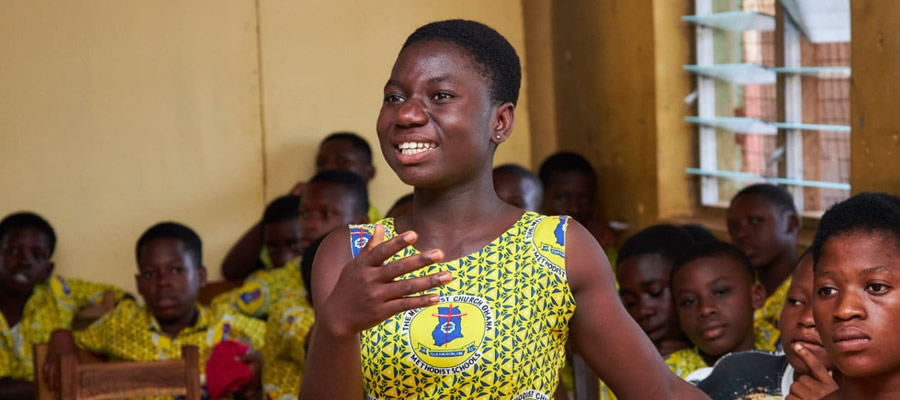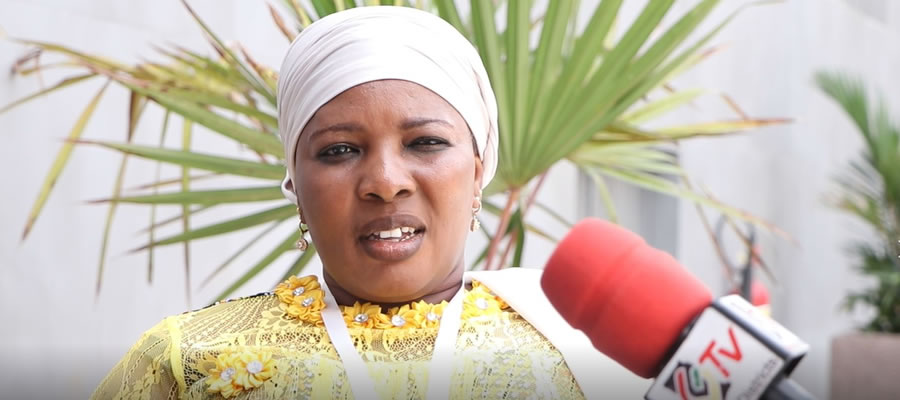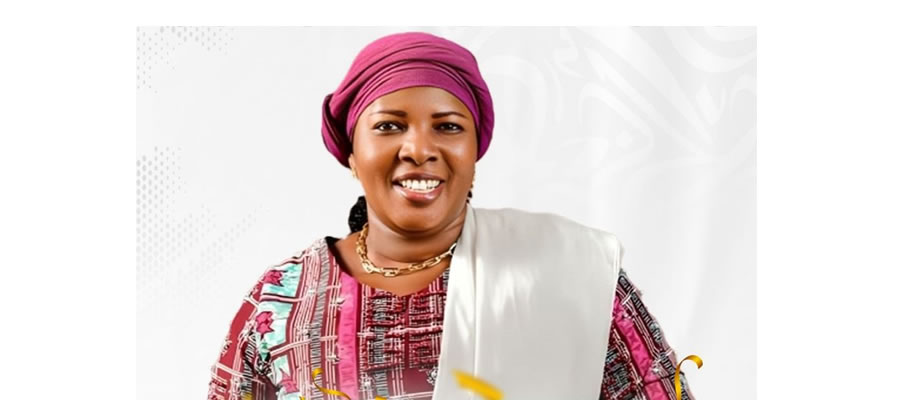
The nation’s agriculture is predominantly of subsistence small holding production units, with weak linkages to industrial and service sectors but has an enormous potential to ensure food security, generate income and provide livelihood for majority of the people.
Agriculture plays a vital role in the socio-economic development of the Bono Region as majority of the economically active population is engaged in agriculture, forestry and fishing. The districts which have relatively high proportions of their workforce in the agricultural sector are Tain, Jaman South and Jaman North. However, Sunyani Municipal, Berekum Municipal and Sunyani West have less than 50 percent of their workforce in the agricultural sector since they are developing commercial centres (GSS, 2013).
The regional economy is agro-based with foodstuffs, cereals, legumes, and root and tree crop being the main crops cultivated. The Bono Region is among the largest producer of cocoa, cashew, plantain, cassava, maize and yam.
The common food crops are plantain, cocoyam, cassava, maize, yams, groundnuts, cowpea, rice and vegetables. Whilst, oil palm, cocoa, coffee, tobacco, cashew, mango, citrus and sheanut are the major cash crops produced. Fishing activities are also undertaken by communities located near and along the major water bodies in the Region, especially along the Black Volta. Animals like cattle, sheep, goats, pigs, turkey and fowls are reared on both small and large scale (MOFA, 2014).
Date Created : 8/10/2023 12:00:00 AM












 facebook
facebook
 twitter
twitter
 Youtube
Youtube
 +233 593 831 280
+233 593 831 280 0800 430 430
0800 430 430 GPS: GE-231-4383
GPS: GE-231-4383 info@ghanadistricts.com
info@ghanadistricts.com Box GP1044, Accra, Ghana
Box GP1044, Accra, Ghana